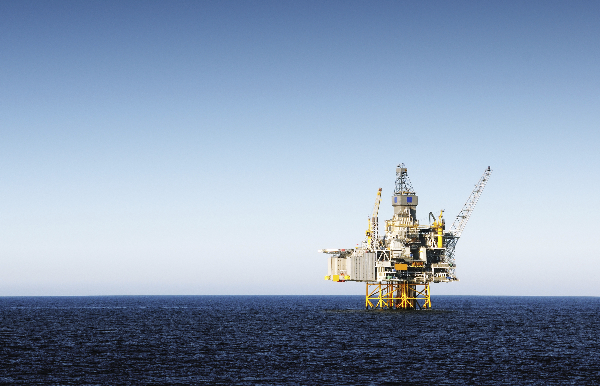- Gulf Coast Prairie LCC CPA |
- Use Cases |
- Oil Spill in the Gulf of Mexico
Oil Spill in the Gulf of Mexico

Explore related items…
Protected Areas at Risk
The Deepwater Horizon oil spill in the Gulf of Mexico began on April 20, 2010 when an explosion occurred on the offshore drilling rig leased by BP. The rate and amount of oil leaking from the resulting sea floor oil gusher is still being determined, but may be in excess of 95,000 barrels per day -- 2% of US daily crude oil production. The Gulf region is a biologically, culturally, and economically important area. This oil spill will have a devastating effect on coastal communities, wildlife, and delicate ecosystems in the Gulf and along the coast.
The Conservation Biology Institute has created data to describe the Deepwater Horizon oil spill and to begin to discern the possible damage it could cause to terrestrial, estuarine, and freshwater ecosystems should it make landfall.
Using oil spill trajectories produced by the Ocean Circulation Group and the Optical Oceanography Laboratory at the College of Marine Science, University of South Florida, and protected areas data catalogued in PAD-US (CBI Edition), we provide a preliminary attempt to identify ecological resources that may be affected by the spill.
By overlaying these projected trajectories on a standardized grid, we can select areas that may contain oil from the spill, or are likely to contain oil in the future.We then identify protected areas that are likely to be most directly affected by the spill immediately, and in the near future.
The map image to the right is the Deepwater Horizon Gulf of Mexico oil spill trajectory projection for July 02, 2010, based on the University of South Florida's WFSROMS numerical model output. This map and the datasets are available in Data Basin's Gallery of datasets and maps related to Deepwater Horizon oil spill May 2010.
CBI will continue to update these datasets with future spill trajectory projections.Each update will include geospatial data on the spill trajectory, areas of possible landfall, and the affected protected areas.We want these freely available data will be useful to anyone interested in learning more about the oil spill and its ecological effects.
More information is available at:
- Citation
- Tosha Comendant. 2010. Oil Spill in the Gulf of Mexico. In: Data Basin. [First published in Data Basin on May 26, 2010; Last Modified on Feb 2, 2013; Retrieved on Sep 19, 2025] <https://databasin.org/articles/2403130de57b4836885b9b4157978d43/>
About the Author
Senior Scientist at Conservation Biology Institute working on the conversion of scientific knowledge into conservation practice. Team lead for Conservation Planning and Management.I am one of the creators of Data Basin, a science-based mapping and analysis platform that supports education, research,...


